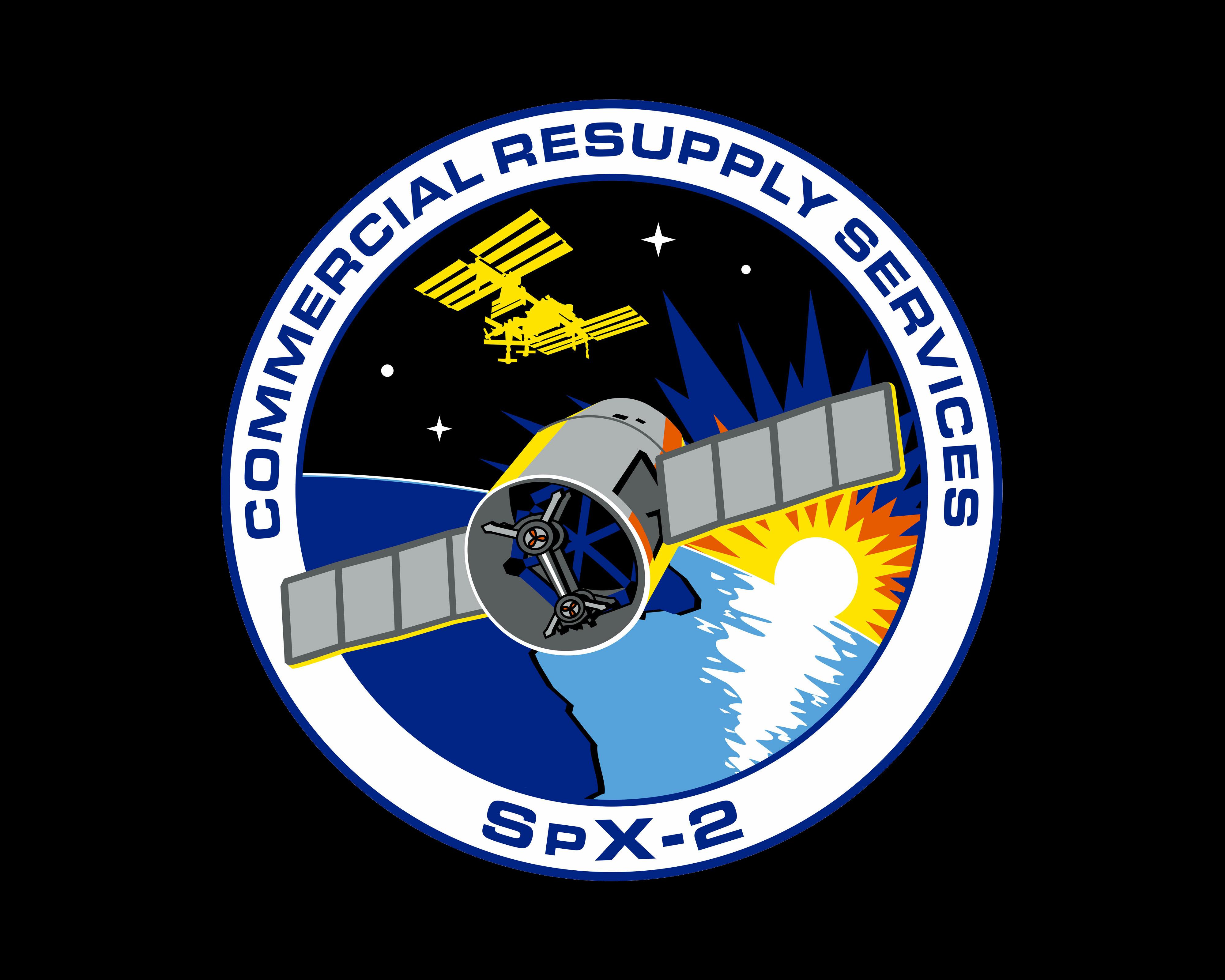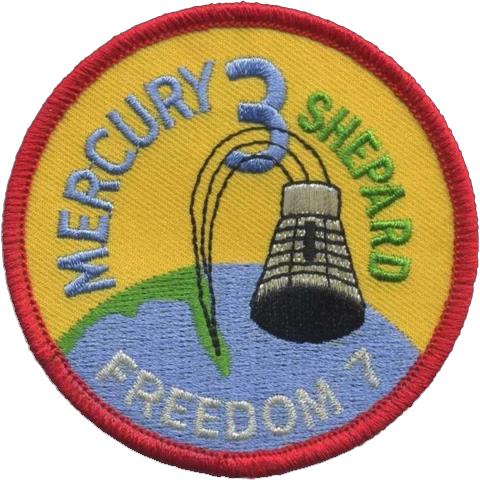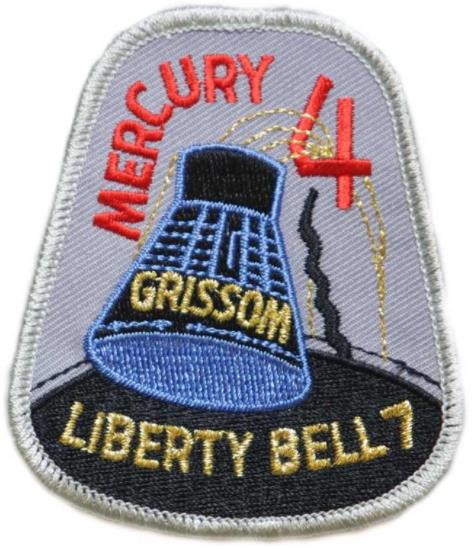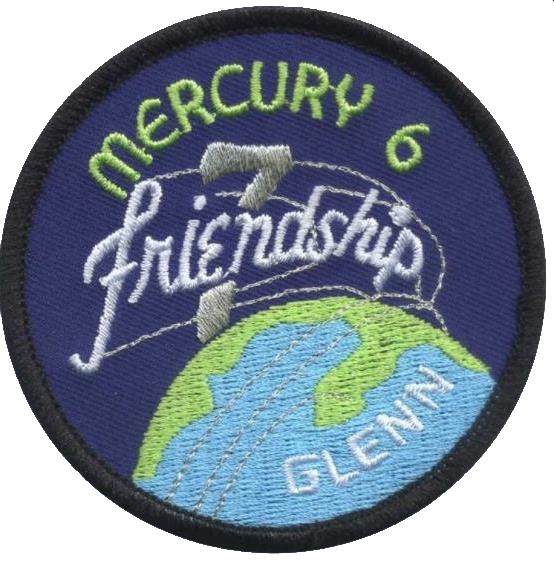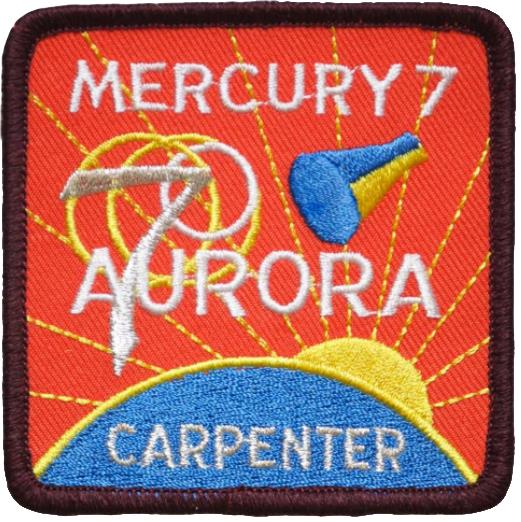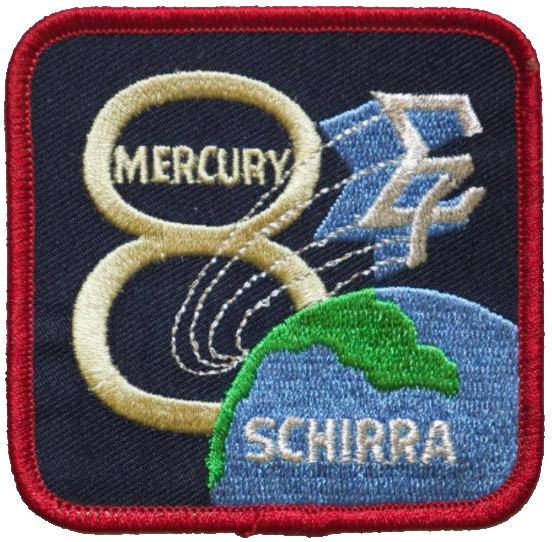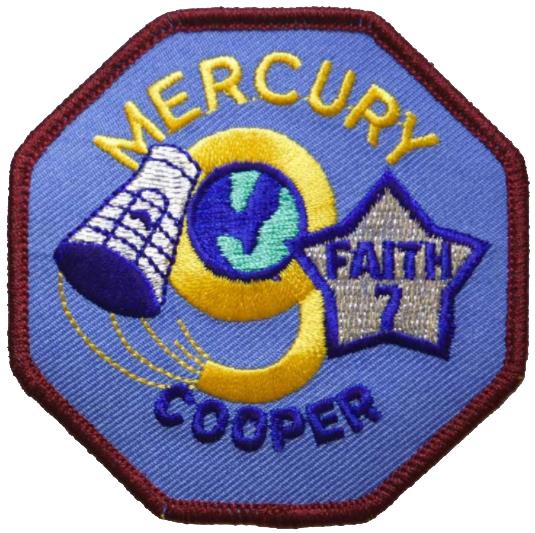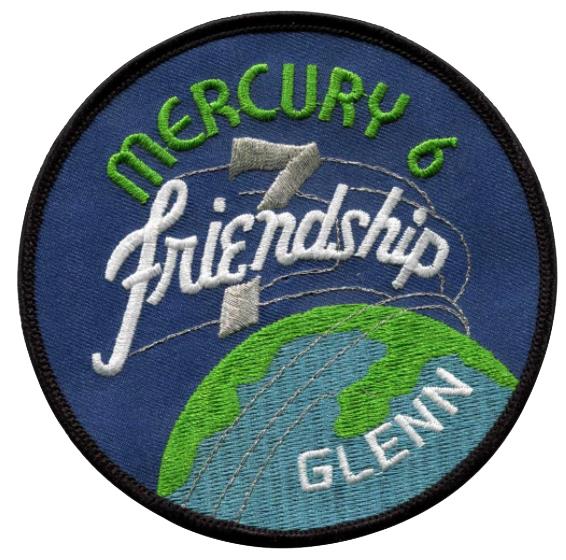http://paragon.myvnc.com/TheParagon-Space3/SPACE-EXPLORATION/MISSION-PATCHES/Soyuz/Soyuz-MS/Soyuz-(Blk-Background)-MS.html
Study
Research
Main Index
Space Cosmology
Science Research
*
About
Science Research
Science Theories
Desk
Site Map
BookShelf
Copyright © by Nigel G Wilcox · All Rights reserved · E-Mail: ngwilcox100@gmail.com
Designed by Nigel G Wilcox
Powered By AM3L1A
Pages within this section: Mercury Programme
Mercury
Pages within this section:
Sub-Menu
1
M
menu
SM
Mercury /Atlas Missions Patches
Project Mercury was the first human spaceflight program of the United States, running from 1958 through 1963. An early highlight of the Space Race, its goal was to put a man into Earth orbit and return him safely, ideally before the Soviet Union. Taken over from the US Air Force by the newly created civilian space agency NASA, it conducted 20 uncrewed developmental flights (some using animals), and six successful flights by astronauts. The program, which took its name from Roman mythology, cost $2.27 billion (adjusted for inflation).The astronauts were collectively known as the "Mercury Seven", and each spacecraft was given a name ending with a "7" by its pilot.
The Space Race began with the 1957 launch of the Soviet satellite Sputnik 1. This came as a shock to the American public, and led to the creation of NASA to expedite existing US space exploration efforts, and place most of them under civilian control. After the successful launch of the Explorer 1 satellite in 1958, crewed spaceflight became the next goal. The Soviet Union put the first human, cosmonaut Yuri Gagarin, into a single orbit aboard Vostok 1 on April 12, 1961. Shortly after this, on May 5, the US launched its first astronaut, Alan Shepard, on a suborbital flight. Soviet Gherman Titov followed with a day-long orbital flight in August 1961. The US reached its orbital goal on February 20, 1962, when John Glenn made three orbits around the Earth. When Mercury ended in May 1963, both nations had sent six people into space, but the Soviets led the US in total time spent in space.
The Mercury space capsule was produced by McDonnell Aircraft, and carried supplies of water, food and oxygen for about one day in a pressurized cabin. Mercury flights were launched from Cape Canaveral Air Force Station in Florida, on launch vehicles modified from the Redstone and Atlas D missiles. The capsule was fitted with a launch escape rocket to carry it safely away from the launch vehicle in case of a failure. The flight was designed to be controlled from the ground via the Manned Space Flight Network, a system of tracking and communications stations; back-up controls were outfitted on board. Small retrorockets were used to bring the spacecraft out of its orbit, after which an ablative heat shield protected it from the heat of atmospheric reentry. Finally, a parachute slowed the craft for a water landing. Both astronaut and capsule were recovered by helicopters deployed from a US Navy ship.
The Mercury project gained popularity, and its missions were followed by millions on radio and TV around the world. Its success laid the groundwork for Project Gemini, which carried two astronauts in each capsule and perfected space docking maneuvers essential for crewed lunar landings in the subsequent Apollo program announced a few weeks after the first crewed Mercury flight.
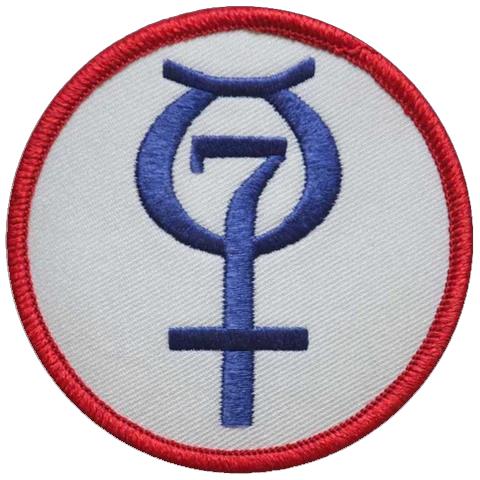
Mercury Space Programme
Mercury Three 'Freedom 7'
3/7/61 - Spacecraft delivered to Hanger S CCAFS Payload:Spacecraft # 11, Launch Vehicle S/N MR-8
Mission Objective: Mercury-Redstone 4 was the fourth mission in the Mercury-Redstone series of flight tests and the second U.S. manned suborbital spaceflight.
It was the next step in the progressive research, development and training program leading to the study of man's capabilities in a space environment during manned orbital flight.
Launch Date: July 21, 1961. 7:20 a.m. EST.
Crew: Crew: Virgil I "Gus" Grissom
Backup Crew: John H. Glenn, Jr.
Launch Vehicle: Liberty Bell 7
Mercury Four — “Liberty Bell 7”
Mercury Six — “Friendship 7”
First U.S. orbital manned space flight.
The Mercury spacecraft completed three orbits in an 81,000 mile flight lasting four hours, 56 minutes.
Due to automatic pilot difficulties, Glenn manually piloted the spacecraft on its second and third orbits.
Splashdown in the Atlantic Ocean was 166 miles east of Grand Turk Island.
Astronaut Glenn remained inside the Mercury capsule "Friendship 7" until it was safely aboard the deck of the recovery vessel.
The flight provided significant aerospace medical data during 285 minutes of weightlessness.
Several days later, Glenn was greeted in New York City with a ticker-tape parade attended by nearly four million people.
Launch Date: February 20, 1962, 9.47 AM EST
Launch Vehicle: Mercury-Atlas.
Spacecraft unofficially named "Friendship 7"
Crew: John H. Glenn, Jr.
Mercury Seven — “Aurora 7”
This was the second U.S. orbital manned space flight.
The flight featured space capsule attitude, stabilization and control tasks for the three-orbit mission.
Carpenter became the first astronaut to eat food in space.
A re-entry navigational error caused the Mercury space capsule to overshoot its southeast Atlantic Ocean landing site by 200 miles.
Carpenter spent three hours in a life raft before being picked up by a rescue helicopter.
Launch Date: May 24, 1962, 7:45 AM EST
Launch Vehicle: Mercury-Atlas.
Spacecraft unofficially named "Aurora 7"
Crew: M. Scott Carpenter
Mercury Eight — “Sigma 7”
The Sigma I spacecraft traveled 160,000 miles completing nearly six orbits and returned to Earth at a predetermined point in the Pacific Ocean nine hours, 14 minutes after launch.
Schiffa was safely aboard recovery vessel within 37 minutes after landing.
The flight continued to prove the feasibility of prolonged weightlessness in space.
Launch Date: October 3, 1962, 7:15 AM EST
Launch Vehicle: Mercury-Atlas.
Spacecraft unofficially named "Sigma 7"
Crew: Walter M. Schirra, Jr
Mercury Nine — “Faith 7”
Astronaut Cooper’s mission was to determine the effects of extended spaceflight on man.
Cooper completed 22 orbits, traveling 593,885 miles in 34 hours, 20 minutes.
Astronaut and spacecraft were recovered only 36 minutes after splashdown in the Pacific Ocean.
Launch Date: May 15, 1963, 8:04 AM EST
Launch Vehicle: Mercury-Atlas.
Spacecraft unofficially named "Faith 7"
Crew: L Gordon Cooper, Jr.
Mercury Six-Friendship 7 Jumbo
This is a larger version of the Official Mercury Six patch
ass
all
2
Patches Menu
